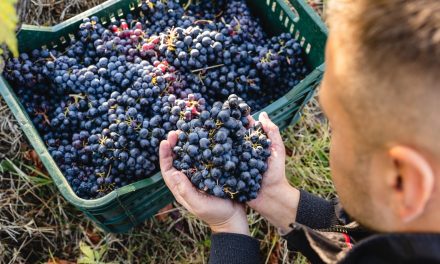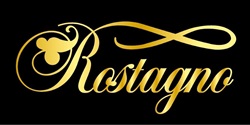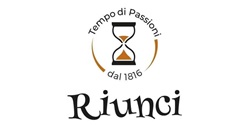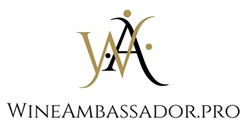IWSR’s Bevtrac Wave 2 Report Reveals Shifts in Consumer Spending and Emerging Market Resilience
LONDON – The International Wine and Spirits Research (IWSR) is recognized as the leading source of comprehensive data and insights in the global beverage alcohol market. Its database is a crucial resource for understanding the wine, spirits, beer, cider, RTD (ready-to-drink), and no/low-alcohol product sectors. Covering over 160 countries, the IWSR database quantifies these markets in terms of volume and value, offering insights into current trends and future forecasts.
A Shift in Alcohol Spending Amid Economic Concerns
In December 2023, IWSR’s ongoing tracking of alcohol consumer behavior revealed a significant trend: consumers worldwide are reducing their spending on alcohol due to rising financial concerns and the cost-of-living crisis. This finding is particularly notable given the previous stability in alcohol consumption volumes.
Detailed Findings from IWSR’s Bevtrac Reporting
- Wave 2 Insights (H1 2023): The second wave of IWSR’s Bevtrac reporting, based on market data and consumer research from the first half of 2023, indicates a notable negative shift in alcohol spending behavior. All regions, except Asia, showed a downturn in spending, contrasting with the positive changes reported in March 2023’s Wave 1.
- Premiumisation Trends: Premiumisation continues in India, China, and Taiwan, mainly within the spirits sector. However, a significant negative swing is evident in Latin America, with both consumption and spending trending downwards.
- Economic Moderation: A majority of consumers in the top 15 beverage alcohol markets (T15) have reported a shift towards “economic moderation,” cutting down on non-essential spending and going out less. This trend is attributed to various economic pressures such as rising interest rates, debt, food inflation, tax hikes, and increasing energy costs.
- Market Performance: The first half of 2023 saw mixed results in market performance. Beer volumes fell slightly, spirits (excluding national spirits) saw a 1% increase, still wine dropped by 4%, and RTDs rose by 1%.
- Consumer Sentiment: Despite the negative shift in spending, high job security reports indicate that consumer sentiment remains positive, suggesting that these changes might be temporary.
Regional Breakdown and Specific Trends
- North America: A negative net change in spending, with Canadian consumers expressing growing anxiety about the future.
- UK: The market is trending negatively but remains stable compared to Wave 1.
- Europe: In France and Germany, financial concerns significantly impact consumer sentiment, consumption, and spending. Spain and Italy’s trends are consistent with Wave 1, with future apprehension and financial worries being predominant.
- Asia: There’s growing consumer caution impacting spending, although China and India maintain positive volume changes. Taiwan shows signs of category momentum slowdown.
- Australia/South Africa: Despite some improvement in sentiment, the downward trend in consumption and spending continues.
- Latin America: A marked change in behavior and attitude in Brazil and Mexico, with consumers showing category withdrawal and downtrading.
Younger Drinkers and Premium Categories
Younger legal drinking age (LDA+) consumers are facing the most financial strain but remain optimistic about the future. This demographic is crucial for trends in spirits and premium-plus price tiers, especially in on-premise consumption. The super-premium+ spirits category seems more resistant to downtrading and consumption declines, particularly among higher-income individuals.
No-Alcohol Category: A Rising Star
The no-alcohol category is the only one showing an increase in recalled consumption across all markets, despite a general decline in recalled spending. This growth is attributed to innovation, increased availability, and improved taste alignment, particularly in the no-alcohol beer category.
Conclusion and Future Outlook
IWSR’s Bevtrac Wave 2 tracking presents a nuanced picture of the global beverage alcohol market, reflecting the impact of economic pressures on consumer behavior and spending. While there are signs of temporary moderation, the future outlook remains positive, contingent on factors like real wage growth and consumer sentiment, particularly in younger demographics and emerging markets. The resilience of premium and super-premium categories, alongside the growth of the no-alcohol sector, highlights evolving consumer preferences in a changing economic landscape.










